Reviving the Dragon Earthen Water Jars
In earlier days when there was no plastic or probably metal too, they didn’t have any means to store water, especially rain water. So they made large jars from clay. Since Dragon played an important role in their lives, they made the trademark dragon figures on the jars. Hence the name Dragon Earthen Water Jars.
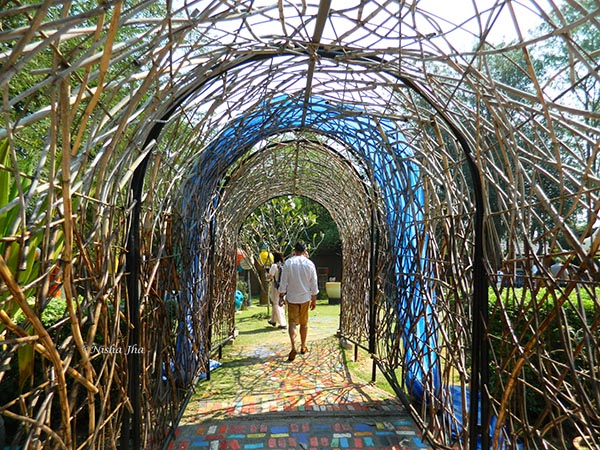
Ratchaburi in Thailand was the hub for these ceramic wares. For years, they used these water jars and slowly due to the Thai people’s changing lifestyle, the jars started to diminish. Ratchaburi’s ceramics ware market was also affected by world economic crisis. The demand in ceramics ware decreased by 30-40%.
At present most of the jar makers, including small-scale ones, are wiped out by this wave of lifestyle changes. The surviving handful ones are based in Ratchaburi.
Despite the world’s migration to plastic, Thai people are trying to revive and still believe in Living the Thai culture. These days the earthen water jar has become one of the favoured in today’s lifestyle of Thai people including younger generation. There are two main reasons for the increased demand. One, the drought situation in some parts of the country. Two, people have started paying attention to nature and environment. Keeping indoor plants has also resulted in an increase in ceramics products.
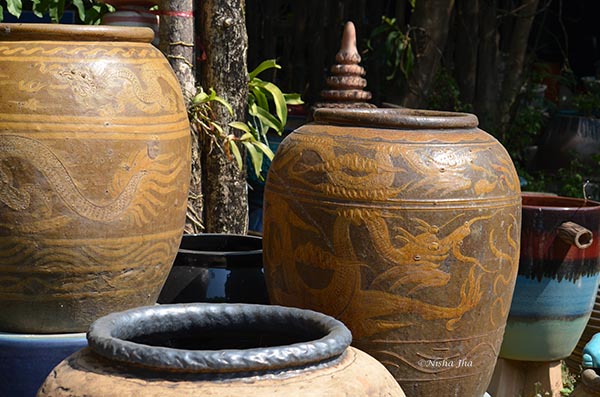
As I mentioned, Ratchaburi is well known for manufacturing of jars, plant pots, and ceramic wares for home and garden decoration. Earthen process is inherited from generation to generation. There are only 4-5 major water jar manufacturers in Ratchaburi province but for ceramic wares for home and garden decoration, there are many factories.
Most products are made from good quality local clay, red-black clay, and the trademark dragon still figures on the jar. Some manufacturers produce these wares with mixing the clay from other provinces to create a variety in products and their texture & designs.
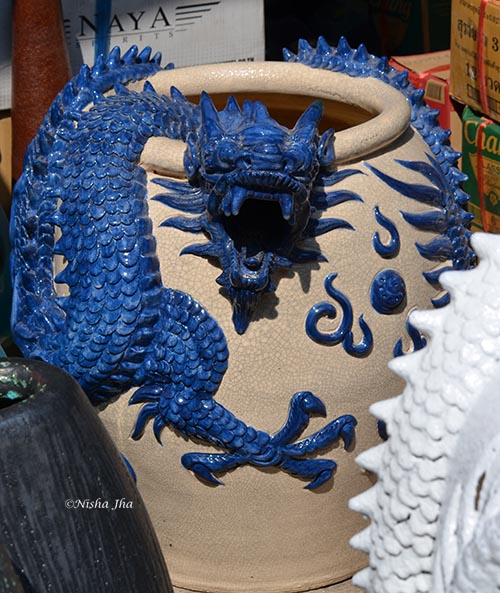
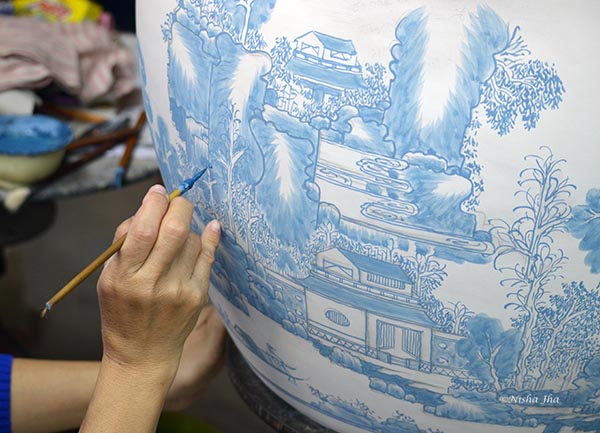
Jar making is a tedious process if only the local clay is used. Forming of water jars in required shapes is a manual process and then it goes for burning in the brick stove called Dragon stove that uses eucalyptus and rubber woods as fuel. Stove temperature is controlled by the experienced professionals. On the other hand, if the raw materials are mixed clay, machinery is used in production methods, forming shape, molding, and burning in shuttle or tunnel stove that uses LPG gas as a fuel.
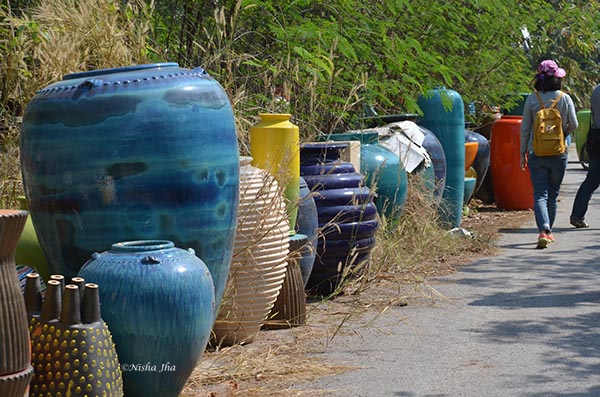
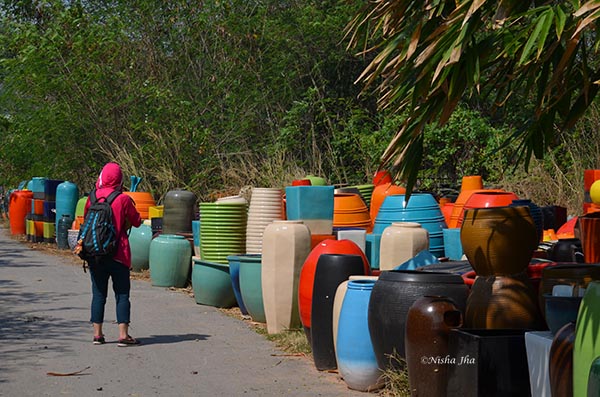
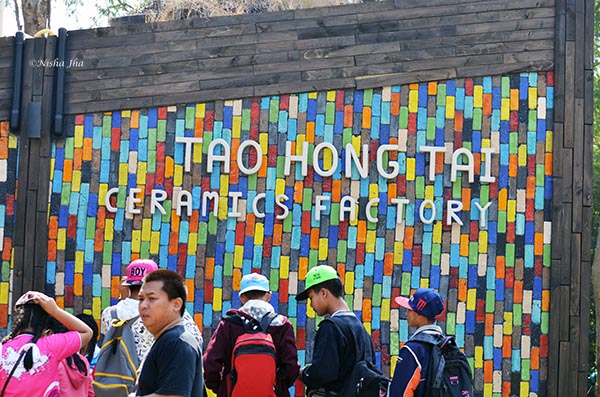
Dragon jars and plant pots are made for both domestic and international market. The manufacturers don’t export their products by themselves, but through agents. The countries where most of the export happens are Cambodia, Laos, EU, USA, South Korea, Australia and Japan. Some factories are able to export around 80% of their manufactured good. For domestic market, the merchants buy these ceramic wares directly from the factory and sell them all around the country.
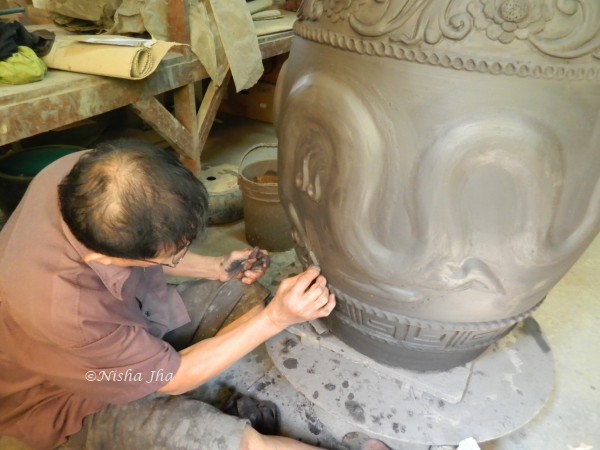
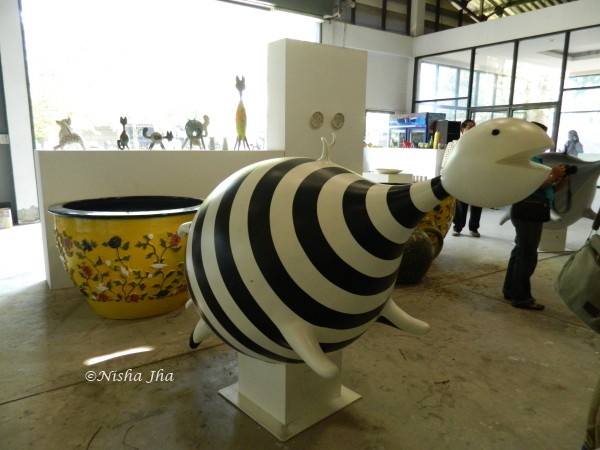
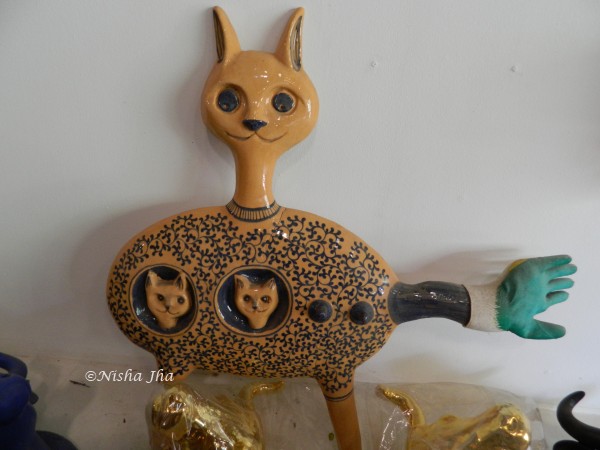
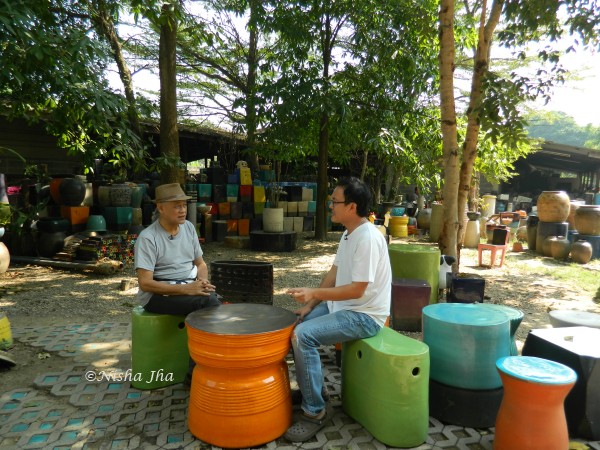
The owner of the factory, third generation in the business, being interviewed by a TV channel.
When I visited the factory, I saw many westerners interested in buying.
Would you buy one of those Dragon water jars? 😀
Note:- This post is written under Living the Thai culture series. You can read more posts of the series by clicking the following links. There is more to come.
Thai Herbal Compress Luk Prakob
Reviving the Dragon Earthen Water Jars
When I painted my own Ceramic
Celebrating Muay Thai
If you want to travel places with me, I suggest you to join me on my Facebook travel page and Twitter.
P.S.- This article belongs to www.lemonicks.com. Reproduction without explicit permission is prohibited. If you are viewing this on a website instead of your RSS feed reader, then that website is guilty of stealing my content. Kindly do me a favour. Please visit my site and help me taking action by letting me know against this theft. Thank you.

Your pictures make them more beautiful. So they really take care of their culture?
Shreya,
Yes. They are trying to revive all those things which have stated to lose their identity.
Those dragon jars are just lovely!
Ladyfi,
Indeed they are! 🙂
They are gorgeous. I love photos of handicrafts being made.
Kalpanaa,
Thank you. Me too. 🙂
As always you bring a unique aspect of the places visited. I saw some of these Vases in a museum but could not find them in the markets of Bangkok..Now I know where to look for them 🙂
Prasad,
Thank you for your kind words.
I am told that they are available in 2 markets in Bangkok. One is Chatuchak, don’t remember the name of the other one. 🙂
Awesome pics !
Mahesh,
Thank you.
Beautiful vases – there are few hundred places in India as well where they need to start preserving their art & culture.
Khushbu,
Absolutely!
There is one pottery thing in Khurja which I visited a few years back and it’s definitely crying for attention.
Cool pics, the dragon jars are a beauty!
Dark Knight,
What a pleasant surprise ! Long time ! 😀
Indeed the jars are a beauty.
What a Great variety of Jars! very beautiful jars. I liked it very much… Thanks for this photos…
Mayur,
Thank you for liking them. 🙂
I’m not sure I would buy one because I am absolutely terrible at packing souvenirs away but they sure do look nice, thanks for the history behind them too – it happened far too much that we look at something like this and not know the incredible story behind it !
Thank you Derek.
Yes, I also would not have bought it unless somebody else packed it for me. 😀
I am always interested in the story behind anything.
Thanks.
Interesting. I just wrote a blog on Amman Citadel. During my research I came across the unique water storage technique the people in those days applied. Jars was of course one of them. My country, India too has had a long tradition of making jars for storage of water and grains.
There are many interesting stories for water storage or water related across the world.
It’s interesting to know how people from different parts used different techniques.
Hey Nisha, Great post. Those dragon jars looks incredible. I am quite unaware about the culture in this part of the world. Will certainly want to have one of those dragon jar in my house. :p
Hi Saurabh,
Thank you.
I like to learn about different cultures so it was fun. Even I want to have one of those jars. 😀
These are such brilliant pieces of art. I love the paintings on them too!
Me too ! Loved them. 😀
If I lived in Thailand, I would totally buy one of these. The artwork is incredible. Thanks for sharing this fascinating glimpse into Thai culture 🙂
Yeah, same here. So disappointed when I knew I couldn’t bring a piece to my country. I even dreamt of living in Thailand, just to have these jars in my home! LOL
I know that I most definitely would love to ship one home…especially with the blue dragon in 3D. I like the story and reasoning behind this craftsmanship. Glad to know that they are trying to keep it alive.
Yes, these kind of stories should be told to the world to promote and to keep the tradition alive.
Glad you liked the jars. Let’s bring some home. 🙂
I love pottery art. So many beautiful photos. These things they sit on last photo look cool.
Thank you!
Indeed!
Yes, the jars are very big in size, one can sit on them. 😛